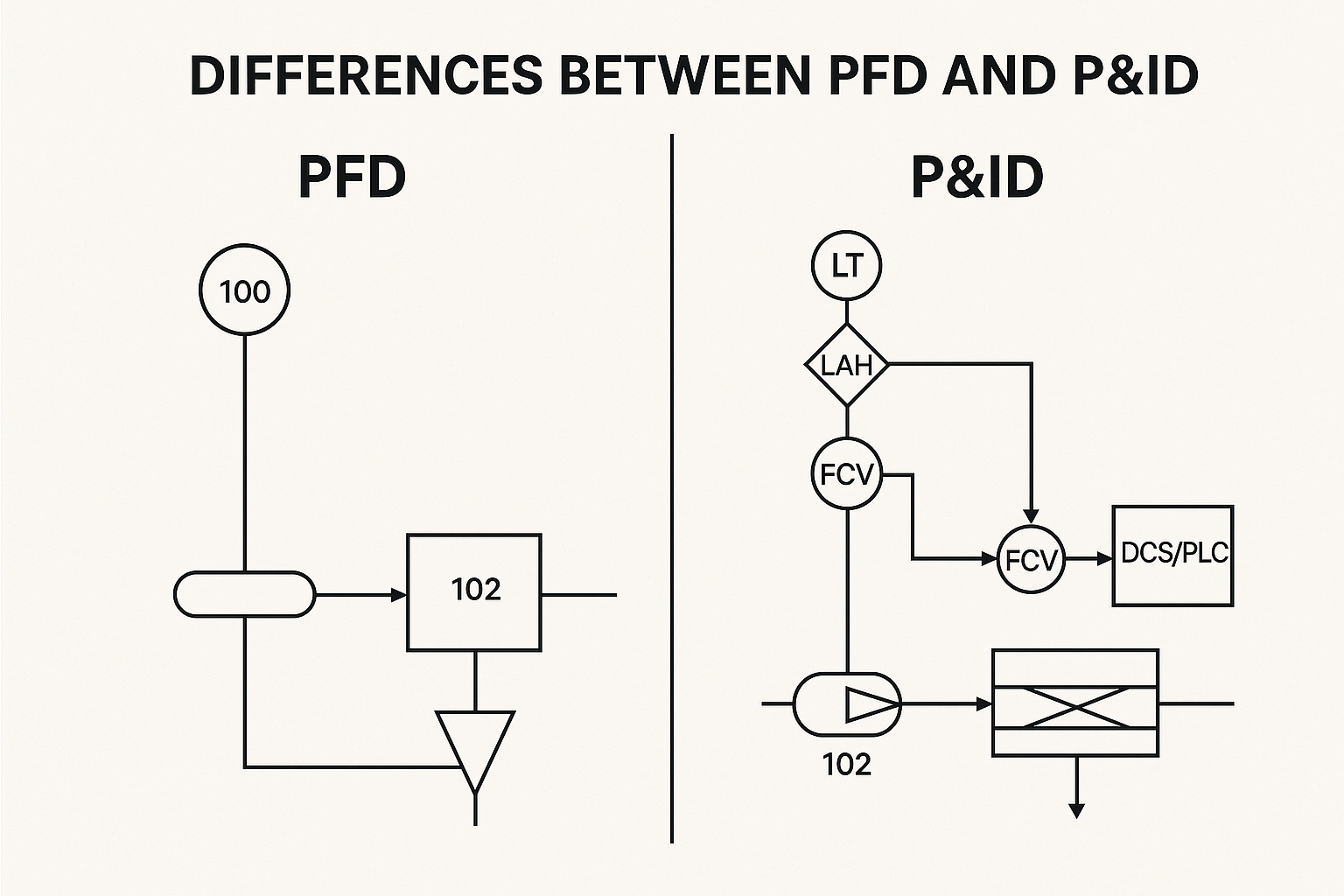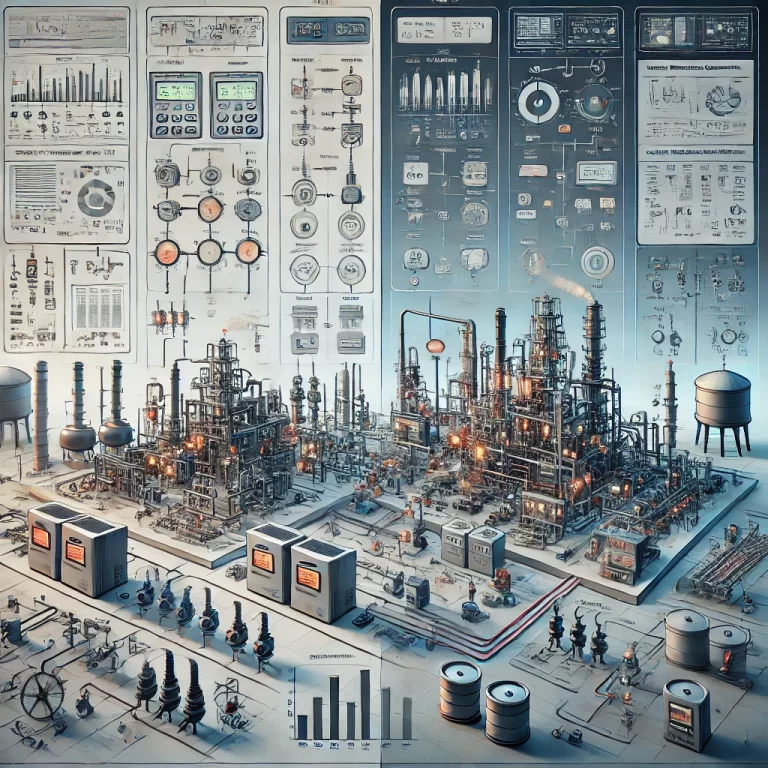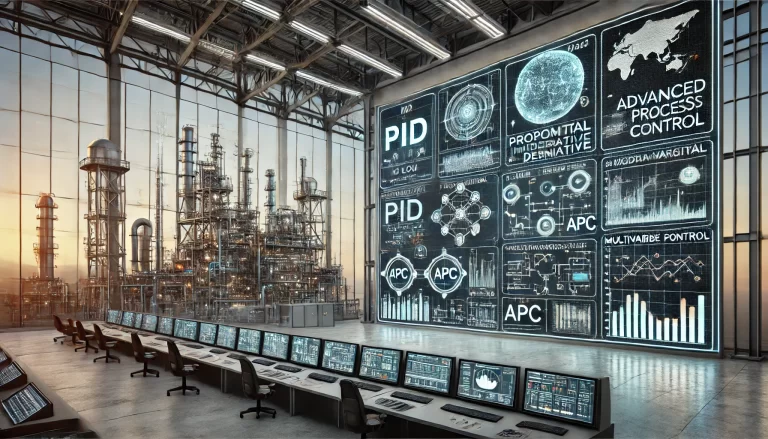1. Introduction: Simple Yet Powerful
Proportional–Integral–Derivative (PID) control is a linear feedback control algorithm that calculates control output based on three terms: present error, accumulated error (integral), and rate of change of error (derivative). Its simple mathematical form has led to widespread adoption across industrial sectors and made it a classic subject for research, comparison, and innovation.
Despite its simplicity, PID control has stood the test of time. From pneumatic and mechanical implementations to digital algorithms, PID has consistently remained at the forefront of control engineering. Remarkably, even before the formal emergence of control theory, PID was already being used in industrial systems. In 2020—almost 100 years after its conceptual origin—the IFAC (International Federation of Automatic Control) honored PID as the most influential control algorithm of the century.

2. The Persistent Role of PID in Industry
Some have predicted that PID’s dominance would fade with advances in hardware and computing, but this has not happened. As long as feedback remains a key strategy to manage uncertainty in processes, PID control will continue to be widely used in industrial applications.
In practice, PID is often implemented as one of many control modules in larger automation systems. It is not an isolated solution, but rather a member of a broader family of error-based control strategies. Industrial PID controllers are typically enhanced with advanced features such as:
Dead zones and gain scheduling
Derivative-on-measurement schemes
Setpoint filtering
Two-degree-of-freedom (2DOF) structures
These adaptations allow PID controllers to address nonlinearity, disturbances, and multivariable coupling, often blurring the line between classical and modern control strategies.

3. Why PID Works So Well in Process Control
Industrial processes are man-made systems, and their design typically considers operability and controllability. Most controlled objects (processes) exhibit either self-balancing or integrating behavior. When nonlinear or unstable dynamics are present, engineers usually limit the process operating range to ensure near-linearity and quasi-steady-state behavior.
Studies show that PID can achieve near-optimal performance (with robustness considered) for many monotonic systems—even without relying on precise models. Although there are rare cases involving dual-integration or open-loop instability that demand advanced algorithms, such cases are uncommon and typically complex.
For most process control applications, tuning and using PID still brings the most practical value. Especially in large-scale and complex facilities, model uncertainty and external disturbances are common. The larger and more complex the system, the more uncertainty it faces.

4. Example: PID Control in Distillation Columns
Take the distillation column as an example. Whether the bottom temperature and reboiler steam flow are configured as a cascade control loop has a significant impact on system dynamics. With cascade control, the influence of reflux on temperature is dominated by separation performance. Without cascade control, the same influence results more from energy balance. These two configurations have vastly different process gains and dynamics.
Introducing cascade control at the bottom temperature loop can significantly reduce process uncertainty. However, when both top and bottom temperatures are controlled simultaneously, nonlinearities and variable coupling may arise. In such cases, re-evaluating the controlled variables (CVs) may help reduce interactions and improve stability. For high-precision separation tasks, such as isomer separation, temperature may not even serve as an effective proxy for composition, making temperature-based control less applicable.
In many practical cases where multiple temperature control loops exist but perform poorly, we recommend using only the most critical loop to avoid unnecessary complexity.
5. The Engineering Value of PID
For process control systems characterized by high levels of uncertainty—including both model uncertainty and disturbance unpredictability—PID remains a low-cost, robust, and effective solution. Even high-order model-based algorithms struggle to gain widespread use due to the inherent unpredictability of industrial systems.
In fact, many industrial systems operate effectively using only PI (Proportional-Integral) control. Our research shows that PID performs consistently across a wide range of first-order plus dead-time (FOPDT) processes, from slow dynamics to large time delays. While the theory may be complex, the tuning methods are often straightforward.

6. Conclusion: A Legend That Endures
PID continues to dominate not because it is simple, but because it is sufficiently powerful for most industrial needs. Its compatibility with process dynamics, its tolerance for uncertainty, and its extensibility through modular enhancement make it the most versatile control algorithm in industry today.
This is why PID, though nearly a century old, remains not only relevant but central to modern process automation—a timeless legend in the world of feedback control.
